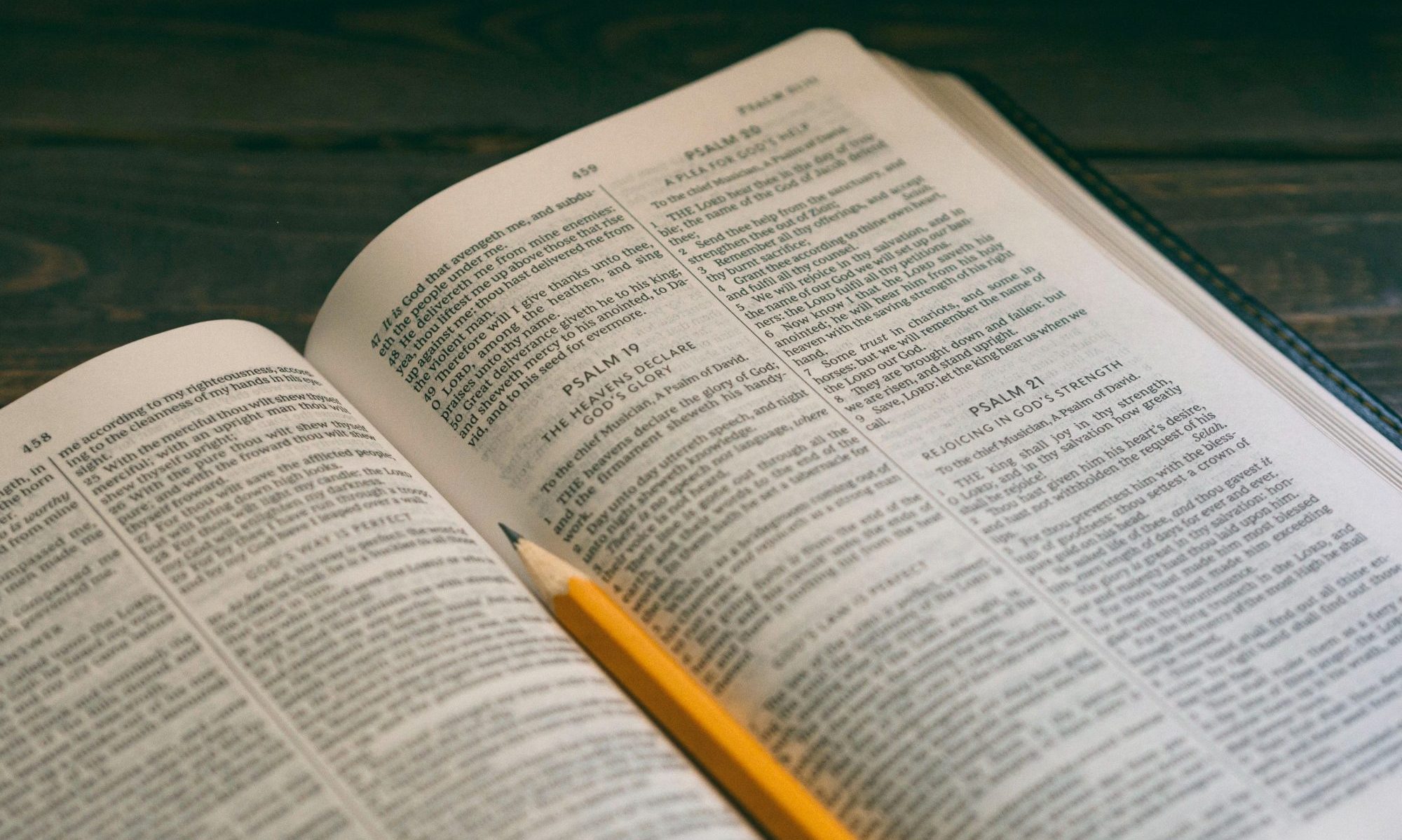Today’s scripture: Esther 9:1-19 (ESV-text and audio) (KJV) (The Message) What might God be saying to me?
My thoughts (Tommy Chittenden):
As I slowly read the verses assigned to me for today’s Be Still and Know, I’m pretty sure I started thinking, “What could I possibly come up with in this passage that would come close to resonating within the heart and life of the reader?” I couldn’t even relate to the verses myself. A blank piece of paper with only the framework of “Today’s Scripture and My Thoughts” was parked in my document folder for days.
There was literally nothing happening in response to “God, what would you want to say to me through these words?” And then came Sunday.
Background
Jews around the world celebrate this story of Esther in the Feast of Purim. They set aside two days for holiday, feasting, gladness and merrymaking. On the first evening they read through the story of Esther. This is the day when all Jewish children come into their own. They bring noise makers, little drums and horns to the service, and whenever the name of Haman is mentioned, they blow the horns and pound on the drums, booing and hissing through the reading of the book wherever Haman is mentioned. The second day is set aside for feasting and merrymaking, and for exchanging of gifts, much as we would celebrate Christmas. All of this is in remembrance of the deliverance accomplished by Esther and Mordecai in the days of the Persian Empire, some 500 years before Christ. It is celebrated to this day because God wants the Jewish people never to forget this deliverance. It is to be forever a very important day in their history. From “A Day To Remember,” a sermon by Ray Stedman, RayStedman.org
In God’s awesome omniscience, and because of our propensity to forget some of the most important life-giving truths, God inspired “visual aids” to help prompt our remembrance about these spiritual truths.
I believe baptism and communion are two such visual aids (practices) that serve as prompts for us to remember our deliverance from our perception of separation, sin, and negative prophecies about who we are. Similar to the Feast of Purim that the Jews celebrate each year, the Child of God celebrates the matchless grace of unconditional love expressed through the life of Jesus “as often as we partake of the bread and the cup”.
It is worth noting that the elements Jesus used to establish His ‘memorial’ were not made of steel, iron, granite, marble or any other durable material man would choose to withstand the ravages of time. Instead, two perishable elements were used, signifying that remembering the laying down of the life of the Son of God must rely, not on the elements, but on our conscious, intentional, consistent decision to do so.
Thought for the day: Thank you for providing tangible reminders, visual aids, prompting me to remember that through the death, burial and resurrection of the Christ, I too have been freed from the bondage of everything that would keep me from knowing my true nature — which is Love!
We encourage you to include a time of prayer with this reading. If you need a place to get started, consider the guidelines on the How to Pray page.
